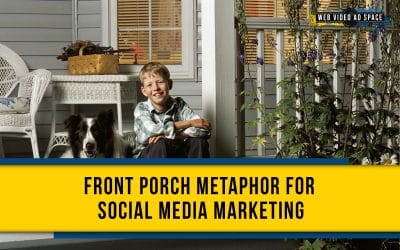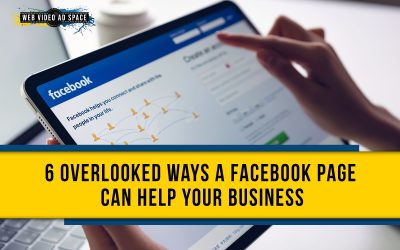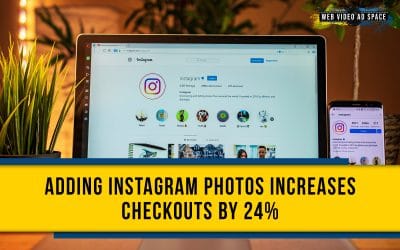In today's digital age, having a strong social media presence is crucial for any business, including specialized services like epoxy flooring and concrete polishing. A well-planned social media calendar can help you consistently engage with your audience, showcase...
Social Media
Front Porch Metaphor for Social Media Marketing
I got into Facebook advertising by way of Google SEO and AdWords. I learned AdWords from Perry Marshall. Therefore when I decided to learn Facebook Advertising, I liked him so much, I picked up his book on the subject. His book mentioned this metaphor, called the...
6 Overlooked Ways a Facebook Page Can Help Your Business
Are you getting the most out of your business Facebook page? While most businesses understand they can draw traffic and referrals from Facebook, there are actually dozens of different ways that you can benefit from your page, provided you know how. Below you can learn...
Adding Instagram Photos Increases Checkouts by 24%
[VIDEO BELOW] This case study shows how adding social proof in the form of user generated content from Instagram increased checkouts on an ecommerce product page. eCommerce site, Vanity Planet had a product page with a good checkout rate, approximately 6%. They...
5 Simple Social Media Mistakes That Make You Look Like An Amateur Blogger
The following is a guest post full of great tips by Hank Coleman, publisher of the popular personal finance blog, Money Q&A. Many brand new bloggers often look like amateurs on social media because they make simple mistakes. Don’t fall into that trap. Want to look...
5 Reasons Your Small Business Needs Social Media
With all the hype surrounding social media, many small business owners think of it as a waste of time. But this could not be further from the truth. This article presents five ways your small business can benefit from social media marketing, and why you should make it...
4 Simple Tactics for Successful Social Media Marketing
If you want to be great at basketball, you need to practice the game, stay in shape, and perfect your ability to work as a member of a team. Similarly, if you want to be successful at social media marketing, you need to practice all the skills and habits of a...
3 Great Ways to Improve Your Social Media Marketing Campaigns
Regardless of the type of business you have, social media is a great way to expand the reach of your message, and attract new business. Social media platforms like Twitter, Facebook, Instagram, YouTube, and Foursquare, all have the potential to fast-track your...








